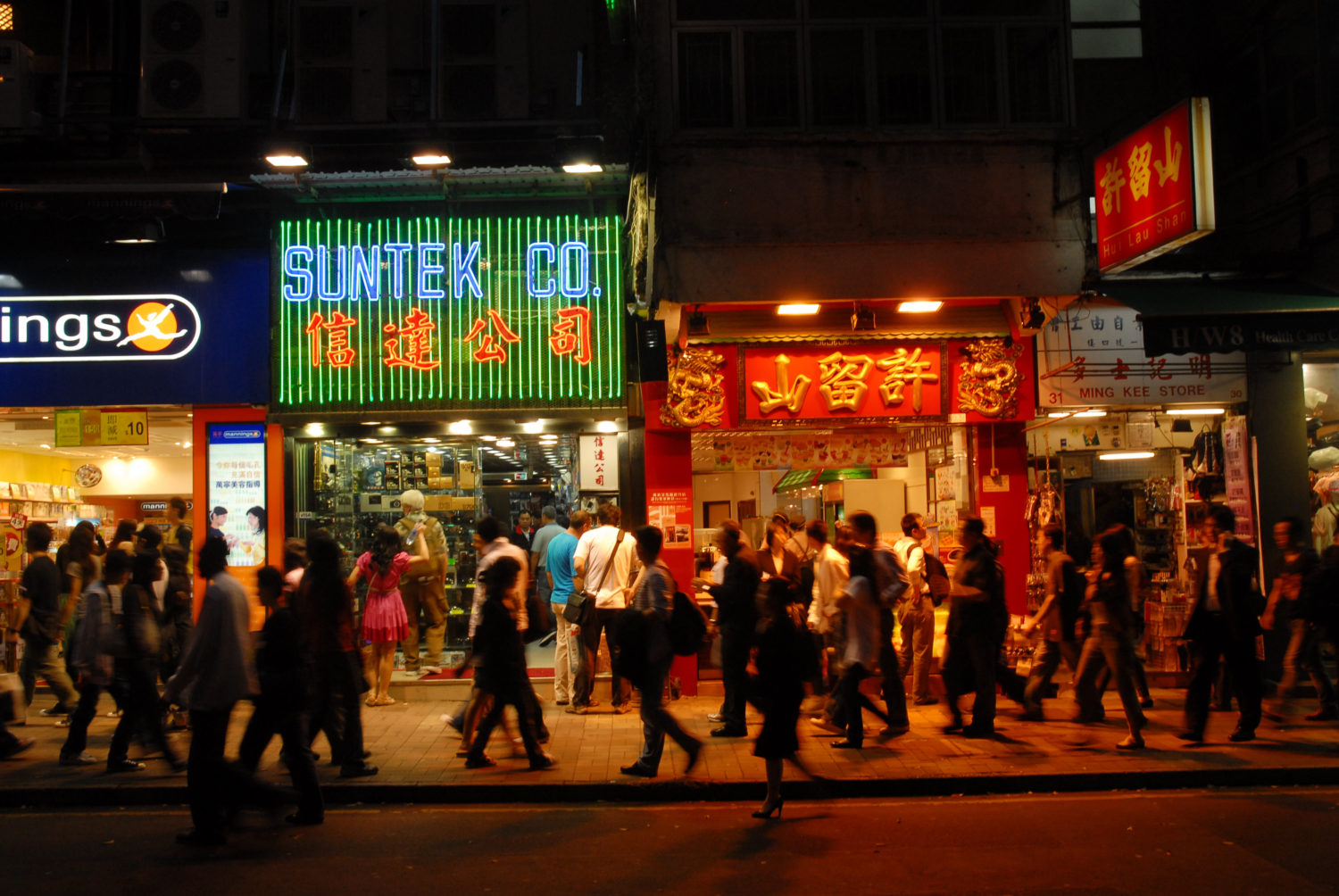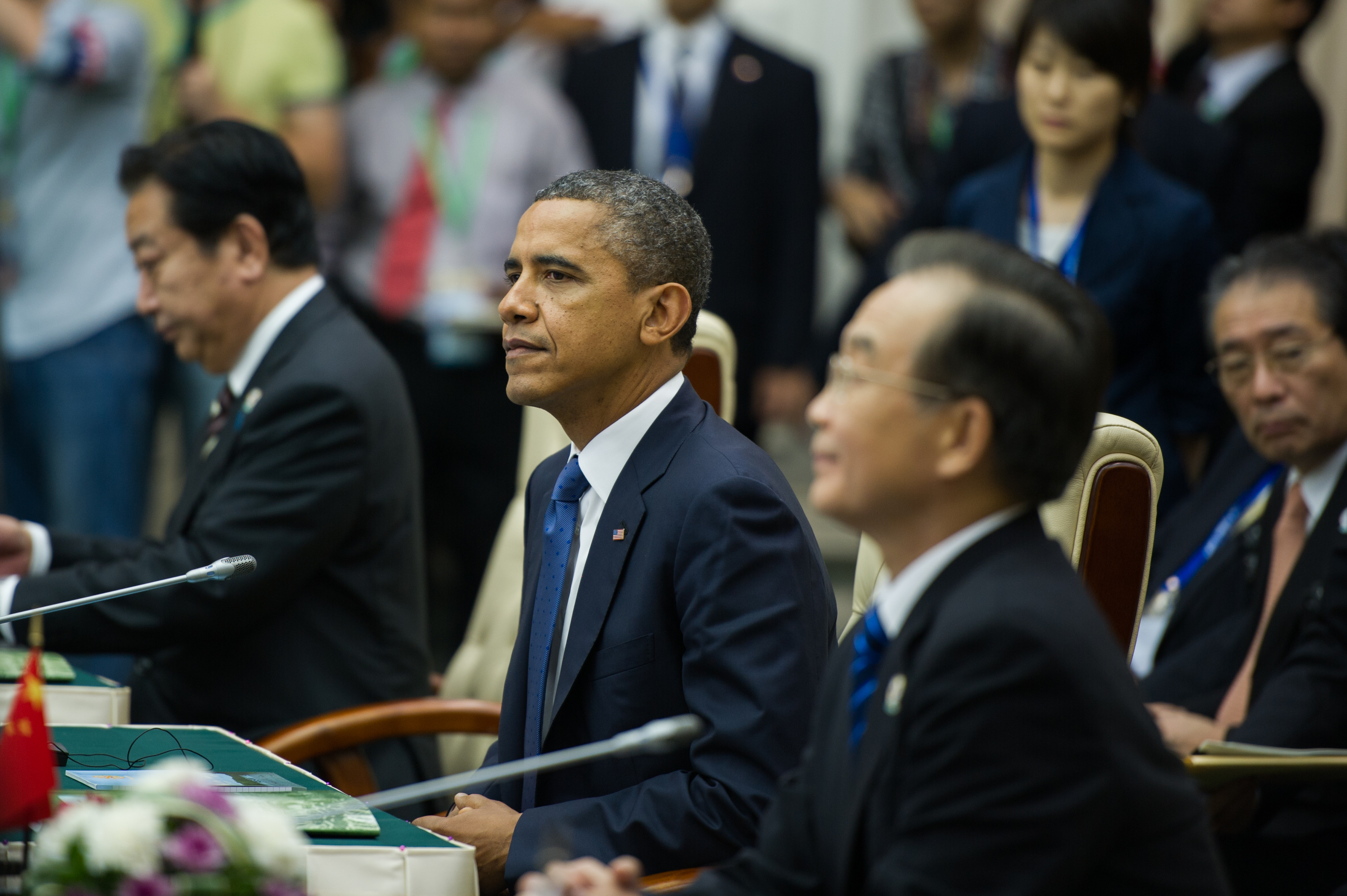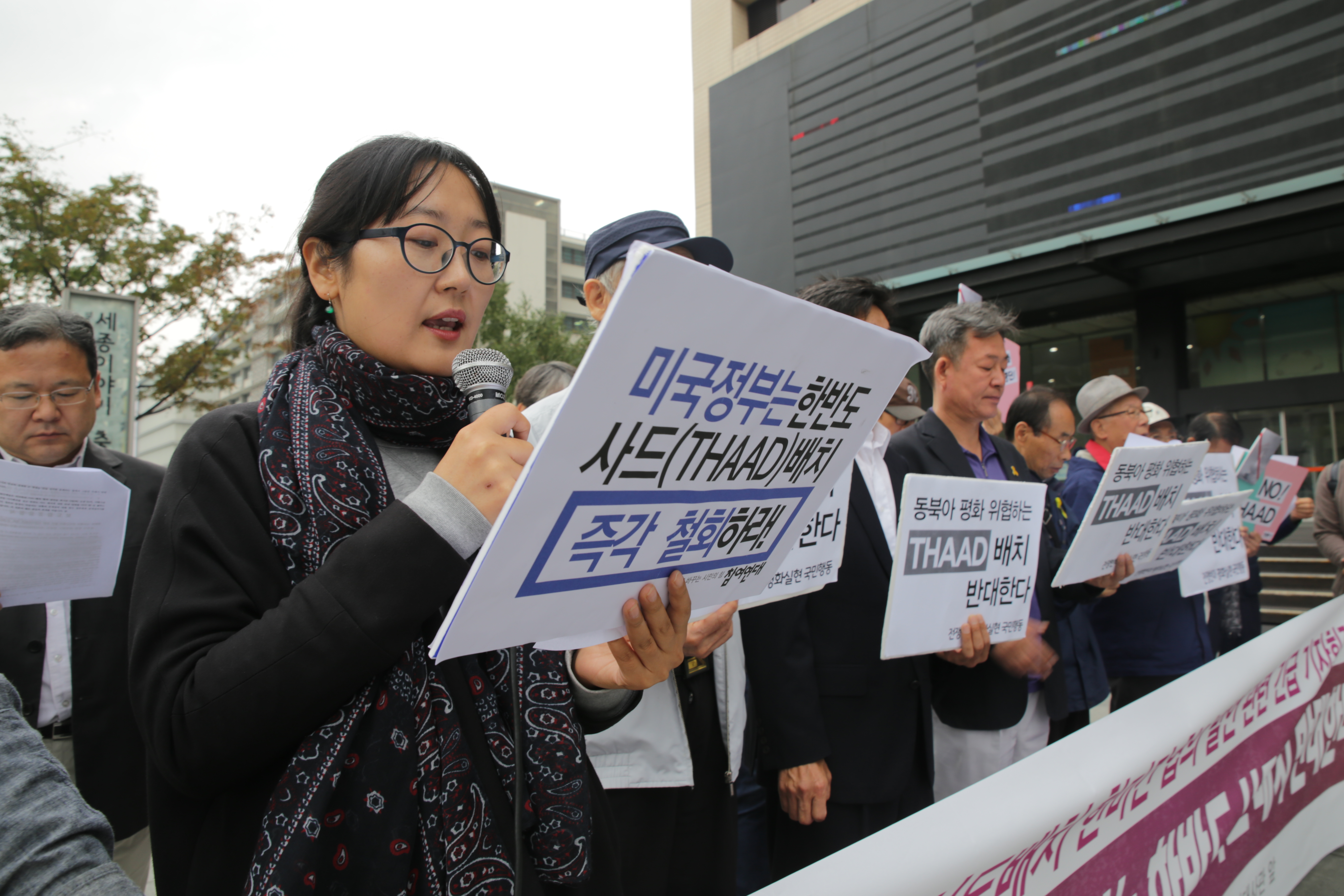The deepening political paralysis within the United States over the last 15 years is neither an isolated nor random phenomena. This development corresponds with a vast growth in social inequality and the economic decimation of numerous rural communities. In several ways, the stunning victory of Donald Trump in November was the boiling over of anger and disillusionment harbored by rural areas of the country.
While many of America’s cities have entered a “golden age” of prosperity, thousands of small towns have struggled to confront new economic and demographic realities. It is a trend that also shows no sign of dissipating in the future. In fact, the growth of new small businesses has flat-lined in rural areas, dealing a blow to hopes of a long-term economic recovery.
Simultaneously, America’s urban areas also have their own array of unique challenges relating to affordable housing and growing income inequality. While these issues are concerning, America’s cities are primed for growth in the future. Millennials as well as some retired baby boomers have shown an increased appetite to adopt a more urban lifestyle. Companies such as McDonald’s have even begun to move their headquarters from the suburbs back to the city to gain access to a more diverse and innovative talent pool.
Despite glowing assurances by Trump to his supporters during the presidential campaign, the United States is in an unavoidable economic paradigm – coastal cities are the engines of the nation’s economy. The dislocation of opportunity from rural to urban areas presents a worrying challenge for US policy makers. Although the Trump administration has drawn substantial support from rural residents, the domestic policy proposals that have been floated for this group of voters have been underwhelming at best. Promises to bring back coal mining jobs mask the fact that the industry has become increasingly mechanized and is facing considerable head winds from other energy sources.
While spouting vague economic policies, Trump was nonetheless able to overwhelmingly win over rural voters despite suffering large losses in urban areas. The high voting margins in many of these rural areas likely contributed to his surprising victory. What explains this stark divide? As historians would say, to understand anything, one must trace the story back decades, if not centuries. The decade of the 1990s does much to explain the split realities of today – a period in which the fortunes of urban and small town America truly began to diverge.
As manufacturing was increasingly outsourced overseas, communities have struggled to replace jobs that provided a strong framework of wages and benefits to less educated or skilled workers. Unfortunately, much of the opportunity arrived in the form of retail and food service jobs that typically pay substantially less than manufacturing, and are less protected. It was not just the jobs that left these areas, but the social fabric that stitched together these communities began to unravel.
Author Brian Alexander describes this phenomenon in his book, “Glass House: The 1% Economy and the Shattering of the All-American Town”. After the restructuring of the Anchor Hocking glass facility, the C.E.O. and senior upper management moved from the small town of Lancaster to the city of Columbus, Ohio. As a result, the connections between lower skilled workers and those of the upper spectrums began to fray. It became less common for people of different social classes to intermix.
In tandem with these economic disturbances was the steady dismantlement of Main Street or the cultural center of small town America. The growth of large shopping centers outside the town limits siphoned away customers by offering dramatically cheaper prices for food and household items. “Mom and pop” stores – which traditionally employed people in small towns – were simply unable to compete with the retail giants, leaving many small towns with vacant downtowns.
The desperation and sense of loss experienced by communities with similar stories have accelerated. Since the mid-2000’s there has been a significant spike in drug overdose deaths from heroin and prescription opioids in these same areas. In the rural state of West Virginia, the overdose death rate is so high that the government is having difficulty providing burial assistance to impoverished individuals.
It is not to say that all small towns and rural areas are performing badly. Some small towns, such as Williston, North Dakota, have boomed, albeit briefly; due to growth in the natural gas industry. However, the overarching trend line for rural communities remains negative. The Republican Party has proved remarkably adept at taking advantage of the worries and concerns of these voters. Since the election of President Obama in 2008, republicans have made remarkable strides in building voter bases in areas experiencing economic uncertainty.
Meanwhile, much of urban America has seen a remarkable shift in fortune. Beginning in the 1960’s and 1970’s, urban areas began to face challenges relating to “white flight” and changes in the broader economy. During that time infrastructure crumbled, crime spiked, and disinvestment by state governments sapped the lifeblood of cities. High levels of urban poverty during this period was a persistent problem.
Beginning in the mid-1990s, these trend lines began to reverse. Rising rates of university attendance corresponded with a steady growth in interest in America’s cities. Young people with college degrees and skilled professionals have flocked to San Francisco, Washington, D.C., Boston, and other cities. Accompanying these newcomers, has often been a rejuvenation of the city center that attracts new businesses and other amenities simply not found in rural areas. Even Detroit, often a poster child for the decline of America’s cities, has had some success in revamping its downtown and building a budding arts scene.
Over the years, the Democratic Party has come to be almost entirely associated with urban areas and has sought to appeal to this subset of voters. This is a remarkable reversal for a party that historically acquired substantial support from rural voters, especially in the south and Rust Belt. While Democrats do still maintain a large constituency among unionized trades and small towns in the Rust Belt, this connection has slowly weakened as rates of unionization have declined.
Despite these divisions there is a path forward that would help ease the pain of rural areas, all the while contributing to a nationwide blueprint that would be of benefit to urban areas. While there is a deep divide on a variety of issues among red and blue voters, there is widespread agreement on infrastructure. Both Republicans and Democrats are eager for investments in America’s roads, bridges, and railroads. Indeed, there is a momentous opportunity to lay the groundwork for the new cutting-edge technologies of tomorrow such as self-driving vehicles, smart and efficient energy grids, and solar technologies that could easily power homes and businesses.
The deployment of such a far-reaching infrastructure plan would employ thousands of new workers across the political spectrum and position America to better compete economically on the global stage. Moreover, any potential health care overhaul must expand funds for drug treatment programs in many of these devastated communities. There also must be a return to emphasizing the merits of vocational training and apprenticeship programs. Small communities as well as cities facing a lack of plumbers and welders would be well served by such a development. In addition, grants for downtown revitalization and greater support must be given to small businesses in economically distressed areas.
In the 2016 presidential race, Hillary Clinton was able to win decisively in urban areas, but still lost due to a surge of rural and suburban voters. In a broad sense, the Democratic Party has proved ineffective in reaching many of these voters leading to a rapid loss of power in the US House of Representatives and state governorships. The election of Trump in November was a warning to the Washington establishment that rural voters are a force that must be engaged and not forgotten. Inevitably, some will argue that these rural areas cannot be saved. That may be true. However, simply abandoning rural areas to destitution and despair is also not a solution. Failure to address their concerns will ensure that the United States faces deeper political divisions and uncertainties in the years to come.
- Yemen Crisis: Has a Turning Point Been Reached? - February 8, 2018
- Monster Viruses and Dangerous Diseases: How Climate Change Threatens to Upend Global Health - February 8, 2018
- Uncertain Trajectory: Kazakhstan’s Perilous Path on the World Stage - November 1, 2017






